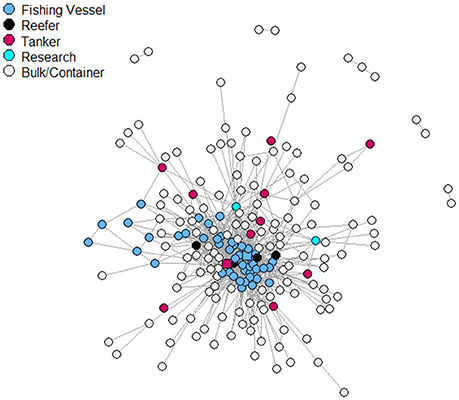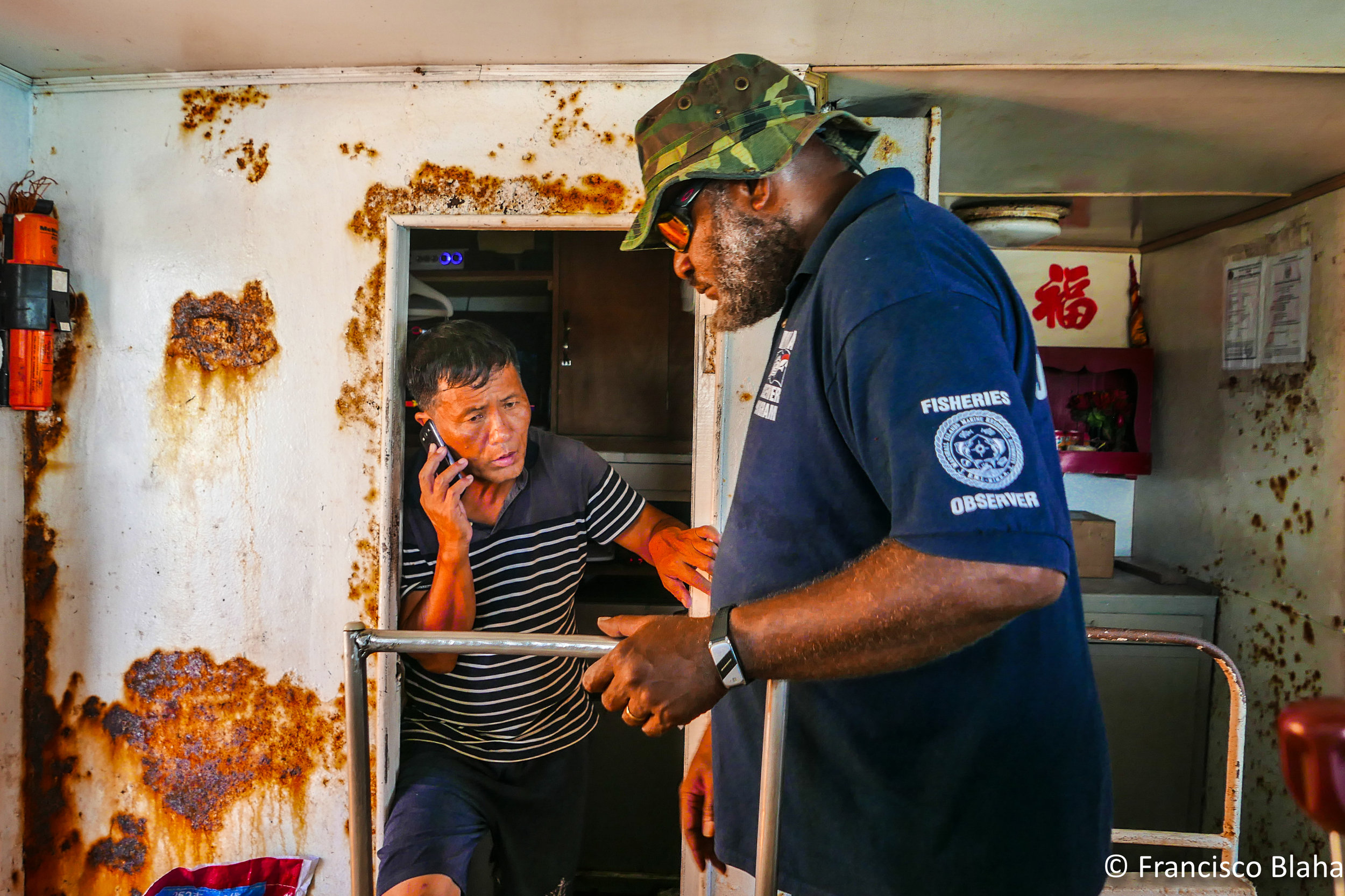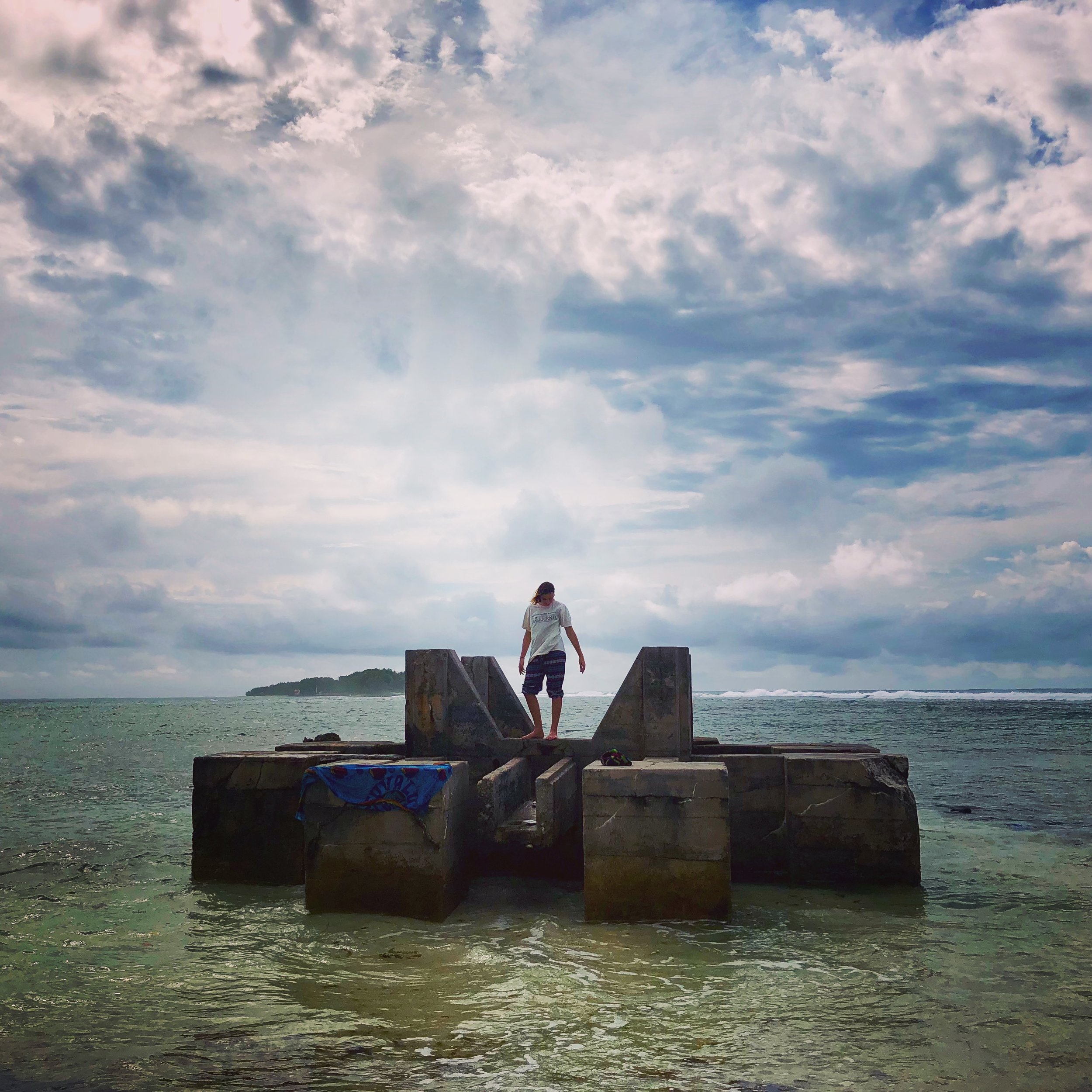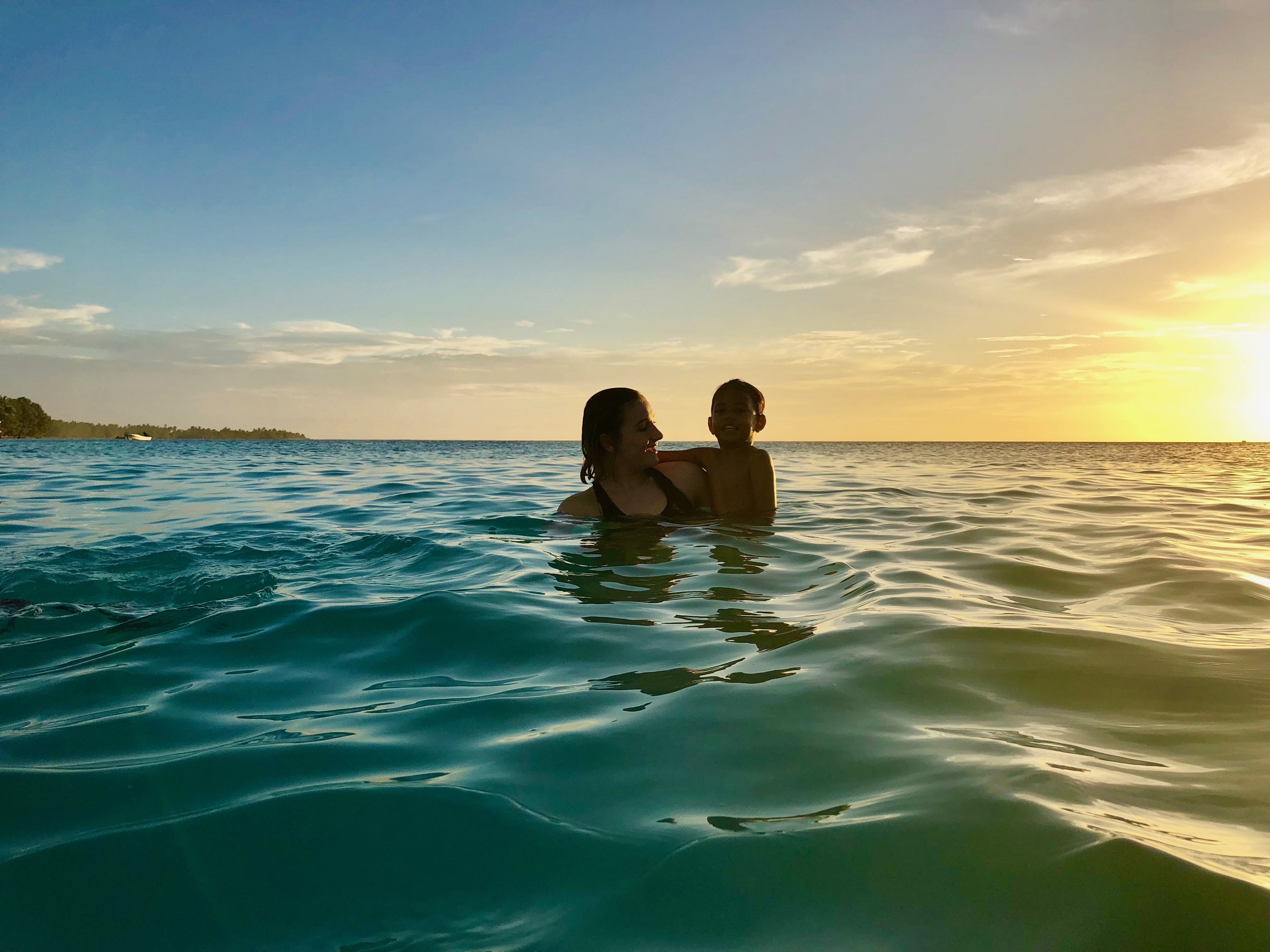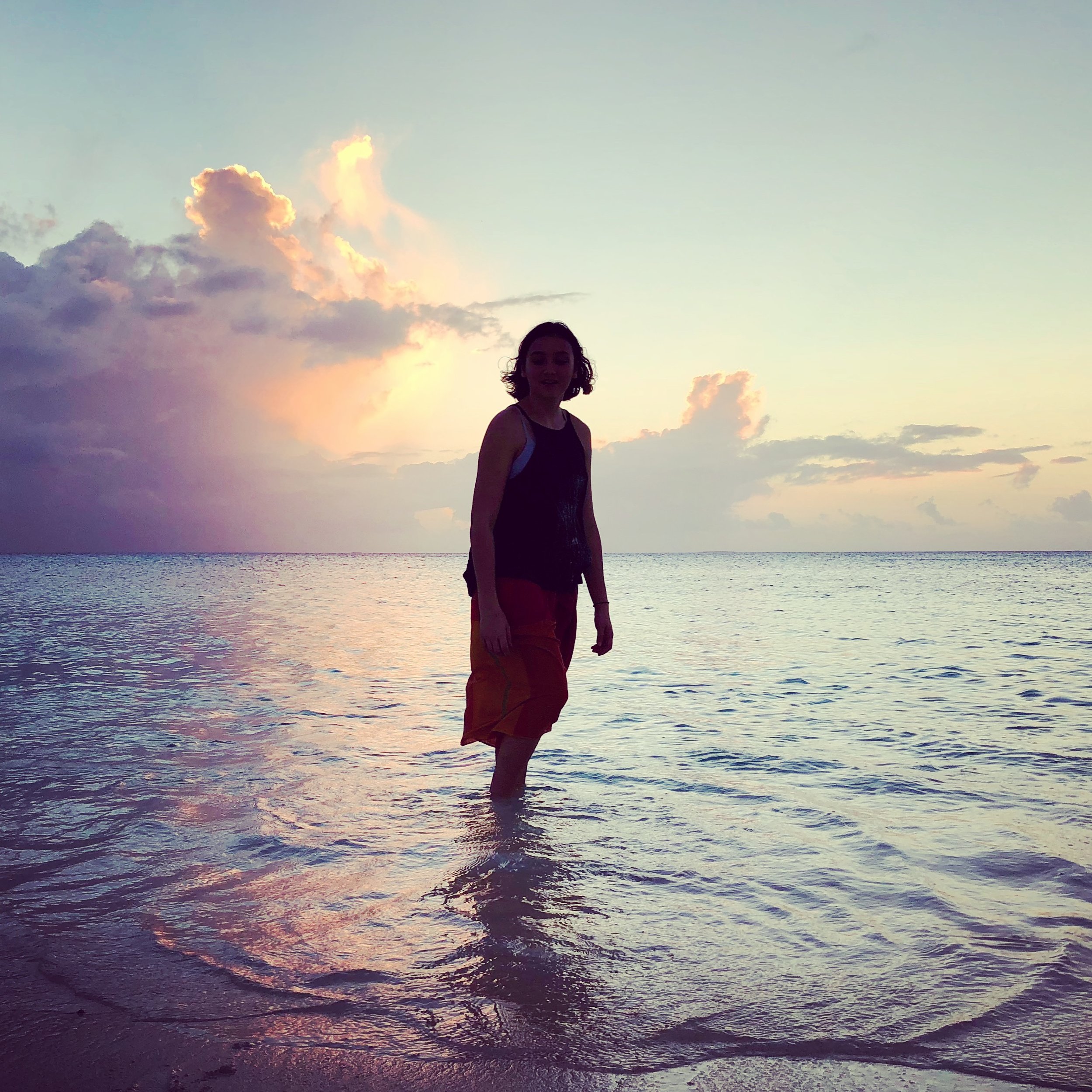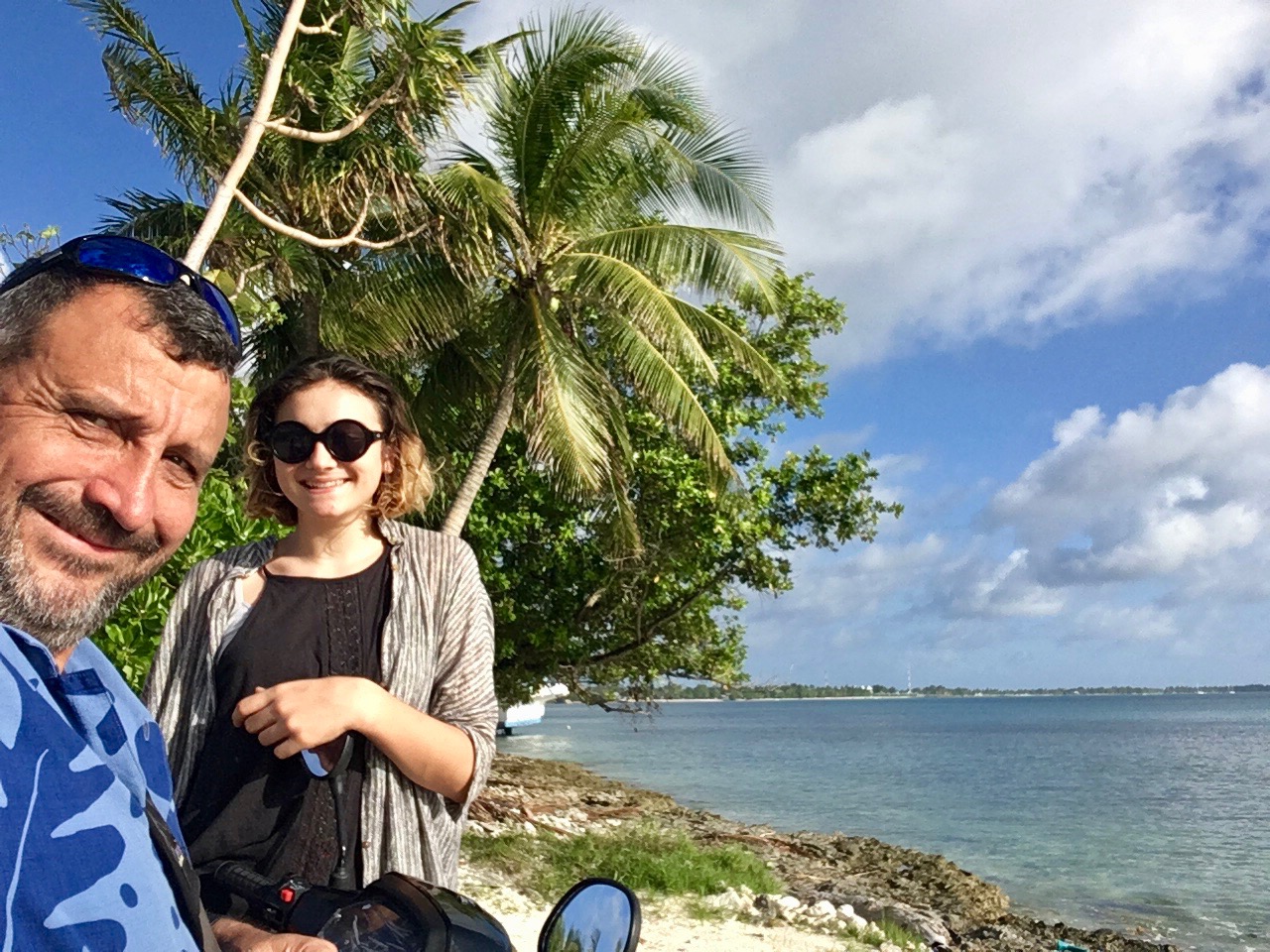Any scientific paper that starts with: “The sustainable seafood movement is at a crossroads. Its core strategy, also known as a theory of change, is based on market-oriented initiatives such as third-party certification but does not motivate adequate levels of improved governance and environmental improvements needed in many fisheries, especially in developing countries. Price premiums for certified products are elusive, multiple forms of certification compete in a crowded marketplace and certifiers are increasingly asked to address social as well as ecological goals”, will have my immediate attention.
This paper "Evolution and future of the sustainable seafood market", written by an interesting and mixed bunch of people from the US, Netherlands and Norway, traces how the sustainable seafood movement has evolved over time to address new challenges while success remains limited. We conclude by exploring four alternative potential outcomes for the future theory of change, each with different contributions to creating a more sustainable global seafood supply.
My views on ecolabelling are quite public and normally an area of contention with some of my colleagues in industry, yet my criticism is as always to make them better (at least in my personal opinion) not to make them disappear (even if all ecolabels are finally successful, then there would be no reason to differentiate sustainability, and they will reach a natural death after succeeding)
In any case, please read the original and reach your own conclusions. I as usual just quote some parts
Intro
The global sustainable seafood movement’s original strategy, known as the theory of change, proposed a demand-driven approach to biological and ecological improvements in seafood production systems. This ‘market-based’ approach largely resulted from non-governmental organizations’ (NGO) frustration with the perceived inability of fisheries regulators globally to mitigate overfishing, as evidenced by the collapse of cod in NewEngland, an increasing number of overfished US fish stocks and global declines in highly pelagic species. Although improvements in fishery governance have led to reductions in overfishing and rebuilding fish stocks over the past 20 years, many of the concerns that led to the seafood movement remain unresolved, especially in developing countries, and are now exacerbated by new climate related threats to the world’s ocean resources (for example, acidification and rising ocean temperatures).
The investment made in these NGO led programmes was based on two general assumptions: first, that information is key in driving consumers to select environmentally sustainable sources of seafood, and second, resulting shifts in demand will, when transmitted down the value chain to the production sector, provide an economic incentive for improved fishing practices and fisheries management.
These early initiatives built directly on a theoretical basis of credence product attributes, like sustainability, that are not verifiable through direct consumption and hence create information asymmetries between buyers and sellers at all levels of the supply chain. Sustainability, in the context of seafood, is both complex and imperfectly measurable. The MSC, for example, defines sustainability as seafood sourced from fisheries that leave enough fish in the ocean, respect habitats and ensure people depending upon fishing can maintain their livelihoods15. The ASC defines responsible farming practices as those that address the key environmental impacts of farming, set requirements for workers’ rights and protect communities surrounding certified farms.
Ecolabels and recommendations are created as ‘abstract systems’ of communication, to create trust and security for consumers in production systems that are removed from their daily experience and that are too complex and incomprehensible to communicate in full detail. However, because sustainability is both subject to differences in interpretation and imperfectly measurable, the criteria used by certification standards and recommendation lists are open to broad interpretation, therefore contested between NGOs driving further proliferation of definitions and sustainable seafood programmes.
The proliferation of these claims and ecolabels has now led the sustainable seafood movement to a crossroads. More than 30 seafood guides and certification programmes developed by NGOs, in addition to governmental certification schemes and community supported fisheries, contribute to a crowded ‘seascape’ of consumer- facing advice. A growing body of evidence suggests that this seascape of sustainable seafood programmes available in the global seafood marketplace has brought new challenges to achieving more sustainable fisheries and aquaculture production.
For example, as sustainability criteria are imperfectly measured and open to interpretation, the ability of NGOs to coordinate credible and measurable metrics for improvement is impeded, adding a broad sense of confusion amongst consumers and buyers alike. There is in fact limited empirical evidence that substantial changes in consumer demand for sustainable seafood have occurred. Producers are also directly affected because they incur the costs of complying with different seafood programmes aligned to different importing markets. Incentives for compliance also remain unclear, given there is little evidence that price signals are seen by producers, or that any changes in demand have resulted in substantial environmental improvements.
In addition, the proliferation of sustainable seafood programmes appears to lead to a number of potential challenges that remain less clearly articulated in the literature. The effect depends on the degree of heterogeneity in the labels and the overall objectives of the schemes. For example, a previous study demonstrated that the presence of several standards initially can be beneficial as the scope of an environmental problem is unknown and public recognition is poor, but over time fewer labels are preferable as environmental performance improves. Others have shown that there can be virtuous competition or a ‘race to the top’ between schemes as they refine their claims and methodologies to be the best in class. Conversely, a ‘race to the bottom’ may ensue if schemes seek market share over performance.
In this paper, we review how the theory of change for sustainable seafood has evolved over the past 20 years. We identify in more detail current challenges sustainable seafood programmes face today, as well as potential future directions to address those challenges. Our review indicates that coordination and signaling failures of the early phases of the movement continue 20 years later, undermining the delivery of durable and global environmental improvements. In doing so we go beyond normative questions of the economic efficiency of seafood ecolabelling programmes and the relative contribution of labels to sustainability.
We instead offer four possible future scenarios: status quo, race to the bottom, state intervention and risk mitigation. The first two scenarios trace possible outcomes of no further evolution in the theory of change and the environmental consequences that may result. The third scenario considers an increased role for governments in the certification marketplace. The final scenario outlines the role of a new actor within the supply chain bearing financial risks associated with assuring the sustainability of seafood in the market.
New routes to sustainable seafood
Creating an incentive to deliver sustainability as a credence product attribute in the global seafood market when regulatory efforts by governments are deemed insufficient to significantly improve fisheries management requires greater coordination than once thought.
Extra-transactional actors like NGOs continue to play a central role in re-aligning practices to mirror or materialize norms and values in sustainability, through efforts to educate seafood consumers and the public about seafood production practices and environmental impacts, and by supporting programmes to assess sustainable seafood. Building on insights from economics, political science and sociology, we show that coordination failures persist over the three iterations of the sustainable seafood movement’s theory of change. The future of the theory of change is one which can either:
be steered to avoid, or at least minimize, coordination failures in supporting producers to deliver credible sustainable seafood, and subsequent continued environmental improvements; or
continue to devolve into a race to the bottom in standards in which environmental improvements are eroded.
Philanthropic foundations and NGOs have recently been focusing on new or improved sustainability programmes and determining if existing certification programmes or guides meet a common benchmark. Instead of continuing such pursuits, our review shows the need for a new form of coordination if the theory of change is to meet its goal of creating substantial, global, positive environmental changes in fisheries and aquaculture production. SSAs (‘sustainable seafood aggregator’) may resolve the coordination problem and reduce transaction costs currently incurred in the supply chain, by more efficiently and reputably providing recommendations of purchase of sustainable seafood from fisheries and aquaculture. SSAs are also flexible enough to adopt new requirements, like the inclusion of indicators for social responsibility. This approach is also applicable to other products sold with credence attributes in the global market including cocoa, coffee and forest products. While not termed SSAs or bearing all the same characteristics of what we propose here, similarly hybrid forms of coordination and NGO partnerships are emerging in other sectors (for example, the cocoa markets in West Africa).
Certifying sustainability for the market is premised by the original and subsequent versions of the theory of change to induce market actors (buyers, retailers and consumers) to choose seafood identified as sustainable. Resulting economic incentives for producers and governments to improve regulatory and environmental performance will remain central to any future theory of change in the sustainable seafood movement. Alternative modes of delivering these incentives for change that both reduce costs and increase the capabilities required to access markets demanding verification of sustainability are needed to facilitate multiple improvement trajectories for producers. This points to a shift in the roles that extra-transactional actors, including both NGOs and governments, play in markets demanding credence attributes.


















